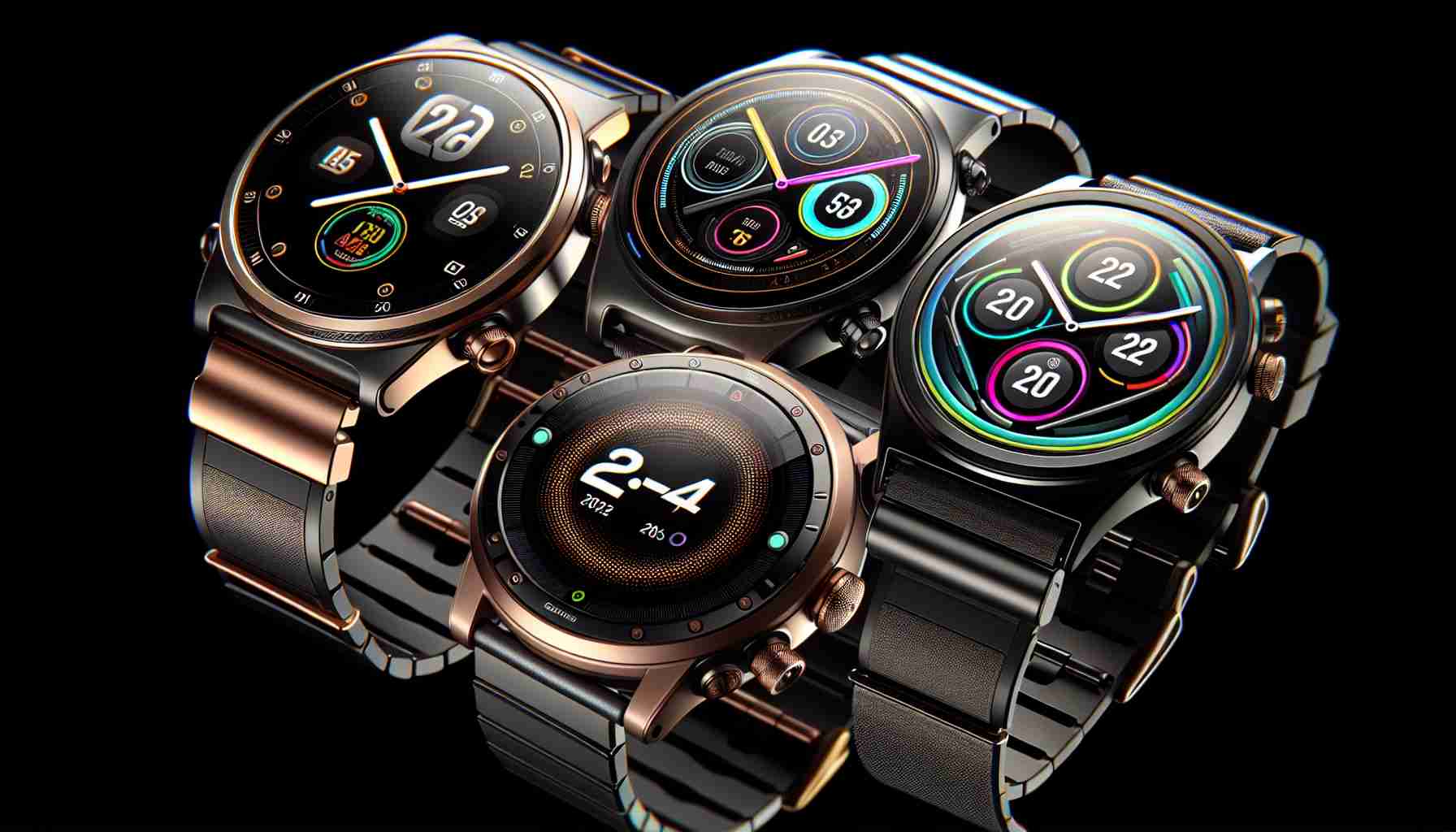Revamping its Product Strategy
Samsung is enhancing its smartwatch portfolio by introducing not just one or two, but four distinctive models in 2024. This expanded lineup is a departure from the company’s usual annual release pattern. In a significant strategic shift, the South Korean tech giant is slated to diversify its offerings to cater to various consumer preferences and market segments.
The Fresh Galaxy Watch Lineup
The quartet of Samsung’s innovative wristwear will include the Galaxy Watch 7 and the Galaxy Watch 7 Classic, offering style and sophistication in their designs. Additionally, a high-end variant, the Galaxy Watch 7 Ultra, is poised to rival the Apple Watch Ultra, marking Samsung’s foray into the premium smartwatch competition.
Furthermore, Samsung is set to re-introduce the well-received Galaxy Watch 4, with enhancements to bring it up-to-date with the current technological landscape. The entire lineup is expected to boast OLED displays and be powered by Samsung’s own Exynos processors, ensuring a seamless and high-performance user experience across the board.
Launch Horizons
While anticipation builds, the specific launch dates for these next-gen wearables remain under wraps. The tech community speculates that Samsung may unveil some models in the upcoming summer while reserving others for a grand showcase towards the year’s end. With excitement mounting, enthusiasts and potential customers are keenly awaiting official announcements from Samsung regarding the availability of these novel devices.
Relevant facts regarding Samsung’s expansion of its smartwatch collection with four new models could include:
– Historical context: Samsung has been a key player in the smartwatch market since releasing its first Galaxy Gear smartwatch in 2013. Its continuous innovation is part of the brand’s strategy to maintain a solid presence in the competitive wearable technology space.
– Market competition: The release of new models is likely in response to competitors such as Apple, Fitbit, and Huawei, which have also been diversifying their wearable offerings. Samsung’s strategy may be designed to retain existing customers and attract new ones who are looking for specific features or a different price point.
– Wearable technology trends: Wearables are increasingly incorporating health-monitoring features such as heart rate sensors, blood oxygen monitors, and even ECG functionality. Samsung’s new models will likely continue this trend and perhaps introduce new health or fitness tracking features.
– Sustainability efforts: As consumer awareness of environmental issues grows, tech companies are under greater scrutiny for their sustainability practices. It would be relevant to know if Samsung has introduced any eco-friendly materials or recycling programs with its new smartwatch models.
– Software development: With expanding hardware options, Samsung may also be enhancing its wearable software, including its Tizen operating system, to provide new features or improve user experience across the different models.
Key questions and answers regarding the topic include:
– Q: What differentiates the four new models from Samsung’s previous smartwatches?
A: Specific details may vary, but differentiation typically includes design changes, improved technical specs like processor speed or battery life, and the introduction of new features or health-tracking capabilities.
– Q: How might Samsung’s strategy affect its market position in the smartwatch industry?
A: By diversifying its offerings, Samsung could appeal to a wider range of consumers, potentially capturing greater market share in different segments, from budget-conscious buyers to those seeking premium devices.
– Q: Will the new models be compatible with a wide range of smartphones and operating systems?
A: Samsung smartwatches typically work best with Samsung phones, but they also offer compatibility with other Android smartphones and, to a lesser extent, iOS devices.
Related challenges and controversies could include:
1. Balancing innovation with consumer expectations – Consumers may expect revolutionary features rather than iterative improvements.
2. Market saturation – With so many models and competitors, it can be difficult for new entries to stand out.
3. Price sensitivity – Premium models might be too expensive for some consumers, while budget-conscious models must still offer value against lower-priced competitors.
Advantages and disadvantages of expanding the smartwatch collection could include:
– Advantages:
– Satisfying diverse consumer preferences across various price points.
– Leveraging the company’s reputation for innovation and quality.
– Potentially increasing market share and profits through segmented targeting.
– Disadvantages:
– Risk of cannibalizing sales of existing models.
– Increasing complexity of production and inventory management.
– More challenging marketing campaigns, as messages must be tailored for each specific model audience.
As required, here is a suggested related link to Samsung’s main domain if you’re looking for more information on their products or announcements: Samsung. Please ensure you are visiting a reliable source for the most accurate and up-to-date information.
